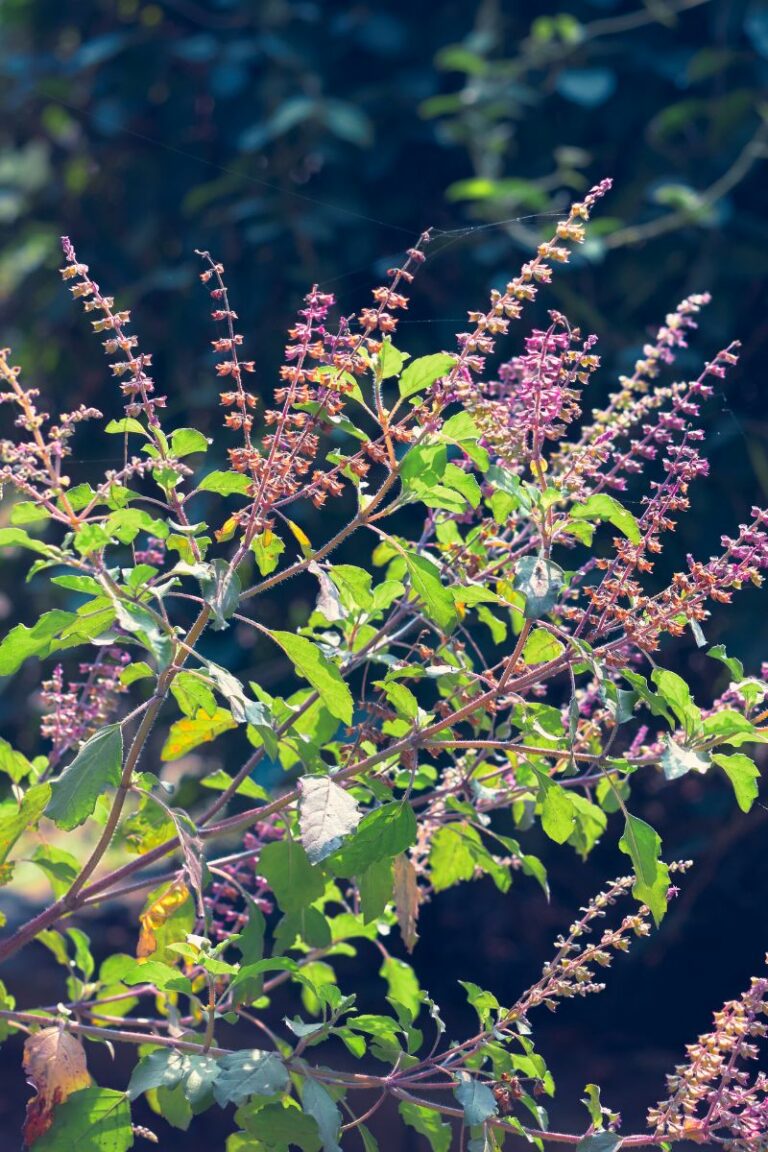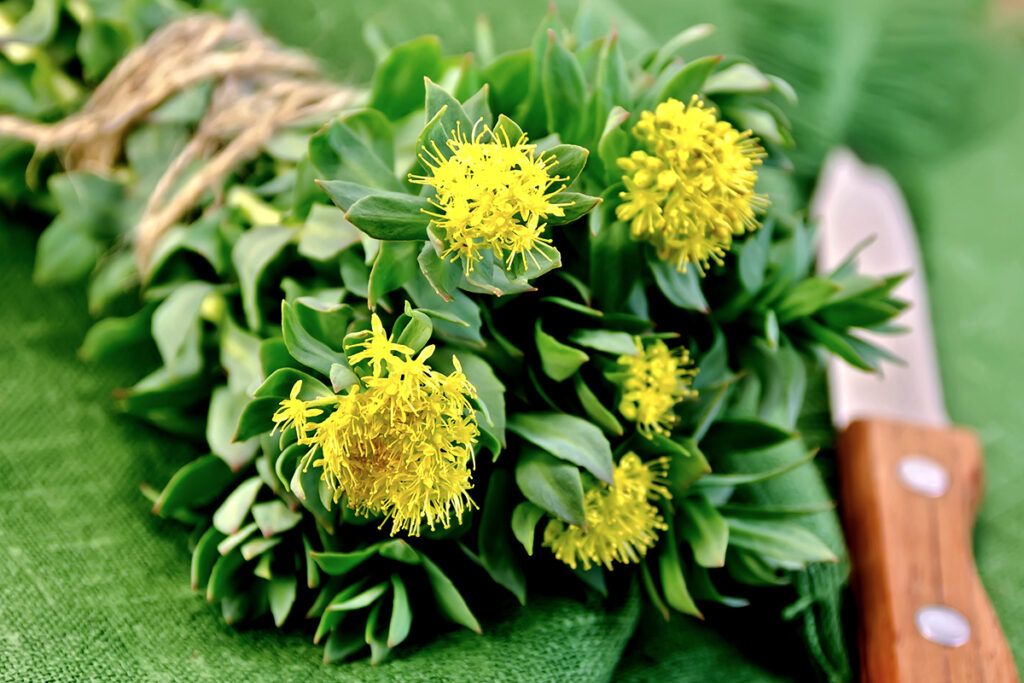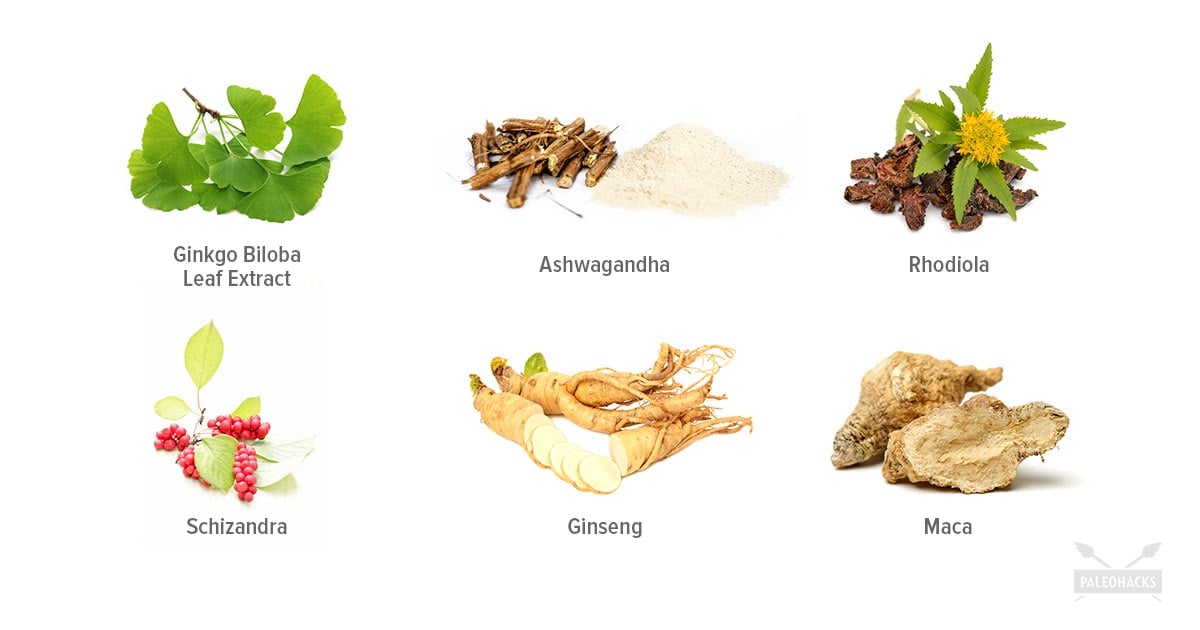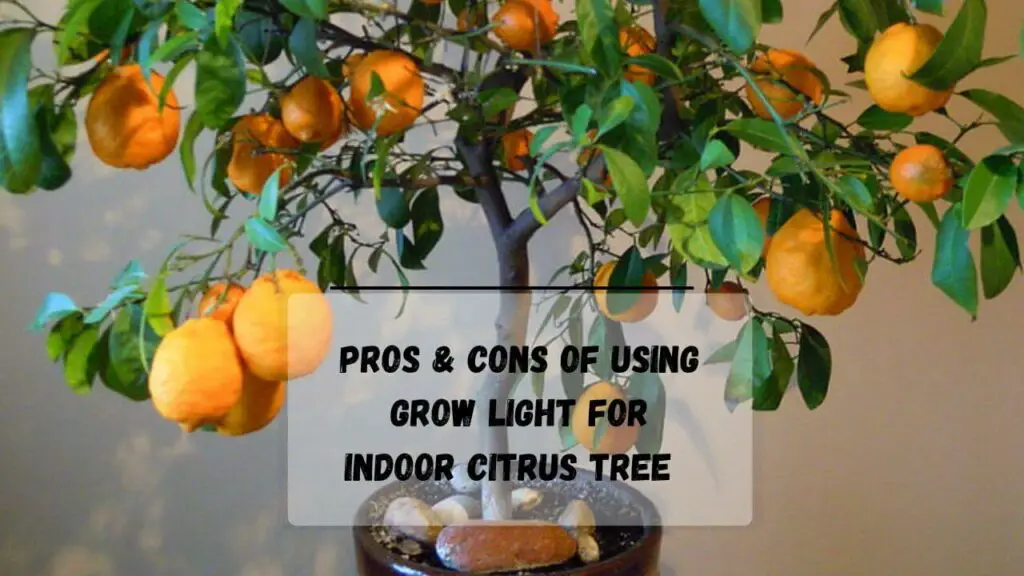Discover Cortisol-Reducing Plants That Transform Stress into Calm Power

I’ve spent the last four years helping clients crawl out from under chronic stress and high cortisol—sometimes after they’d tried every supplement on the shelf. Here’s what actually worked in-the-trenches, not just on paper.

Demystifying Cortisol-Reducing Plants: What Actually Moves the Needle
Forget “just take ashwagandha and call it a day.” The reality is, these herbs only make a dent when you pick the right one, time it carefully, and troubleshoot like a pro. Here’s how I guide real people to relief:
Ashwagandha – For Sleep-Driven Stress Cycles
Picture this: One of my clients (let’s call her Mel), a night-shift nurse, tried ashwagandha capsules straight after breakfast for three weeks—and reported nothing but grogginess at work. Here’s why: ashwagandha can be deeply sedating for certain folks, especially if taken in the morning. We recalibrated—200mg capsule, 90 minutes before bed—and suddenly she was falling asleep faster and waking up more refreshed. The shift wasn’t instant; she saw progress by week two.
PRO TIP:
Start low (as little as 150mg/day if you’re sensitive) and always trial it before bed first—you can always build up.
Holy Basil/Tulsi – Micro-Doses Throughout Stressful Days
In 2021, I ran a stress-resilience workshop where we compared tulsi tea versus capsules among busy sales reps over four weeks. Hands-down, those who sipped tulsi tea (one cup after lunch, another post-work) reported steadier moods without any afternoon crashes—the capsules didn’t have quite the same smoothing effect. There’s something about those micro-dose infusions and the ritual of drinking that amplifies benefit.
Sensory bonus: Tulsi tea smells like a cross between clove and fresh basil—which somehow signals “wind down” long before you finish your cup.

Lesson learned: For visible results with holy basil, spread your intake across the day rather than relying on single doses.
Rhodiola – Fast Fuel for Mental Burnout (But Timing is Everything)
Here’s where most people go wrong: They use rhodiola late in the day and end up jittery or wide-eyed at midnight.
Back in early 2020, I worked with a graphic designer named Lauren who was burning out daily by 4pm. We tested rhodiola extract (130mg/AM with breakfast only), paired with five minutes of sunlight after dosing. Her self-reported productivity blocks extended by almost an hour within two weeks—with zero evening restlessness because she never dosed past noon.
Rhodiola rule: Always dose before lunch—never after—unless you’re prepping for an all-nighter on deadline.
How to Actually Implement These Herbs So You Don’t Waste Money
Anyone can grab random powders off Amazon—but here’s what separates success from frustration:

1. Start Solo
Only introduce one plant at a time—track even minor changes via voice memos or bullet notes daily (“energy level: X,” “sleep quality: Y”).
2. Purchase Like a Detective
Don’t trust pretty packaging! Look for brands with actual batch test results posted online (ex: Gaia Herbs for ashwagandha; Organic India for tulsi; Thorne or NOW Foods for rhodiola). If COAs aren’t visible online? Move on—contaminants and adulteration are real risks.
3. Layer With Existing Routines
Stir powdered ashwagandha into warm almond milk at night while journaling—not just swallowed with water mindlessly.
Pair your tulsi tea break with deep breathing during afternoon email crunch.
Take rhodiola only when sitting down to plan your workday so its alertness spike matches mental demand.
Counterintuitive Advice Nobody Tells You
- Less Is Sometimes More: Overshooting adaptogen dosages regularly leads to headaches or stomach upset—I’ve seen it dozens of times.
- Skip Multiple New Practices Together: That means no new diet AND herbal support AND meditation app all at once; otherwise you’ll never know what actually makes things click.
- Track Setbacks: Didn’t sleep well? Noticing palpitations? Jot it down—it often signals wrong timing or excessive dosage rather than herb “failure.”
Quick Cost Check & What to Expect Financially
Quality matters way more than quantity:
- Tulsi Tea: Around $7–$12 per box/18 bags (lasts ~9 days on twice-daily use)
- Ashwagandha Capsules: $16–$25/month for third-party tested brands
- Rhodiola Extract: $20–$28/month depending on potency
Minimum viable experiment: <$30 investment over two weeks—for most people, cheaper than another fancy latte run that won’t fix underlying stress!
When It Didn’t Work – And How We Fixed It
Before landing on this playbook, I saw plenty of failures:
- Jill overdosed early (“If one capsule works, three must be better!” Cue migraines.)
- Aaron mixed all three herbs his first week—couldn’t tell what helped amid variable moods
- Sharon bought bargain supplements without checking certifications—inconsistent effects until she upgraded quality
Each found relief only when dialing back doses/frequency and isolating their experiments to one new plant every two weeks.

Why Bother With This Approach?
Because each attempt is data gathering—not defeat. Tracking small wins (“slept an extra hour!” “Didn’t snap at coworkers today!”) keeps motivation alive longer than reading theory ever could.
This isn’t about chasing miracle cures—but taking proven steps that compound quietly over months until suddenly...you feel more yourself again.
Ready for Action?
- Pick ONE ally based on your core symptom (sleep trouble = ashwagandha PM; anxious days = tulsi spread out; energy dips = AM rhodiola).
- Choose your method and brand intentionally.
- Track side effects/wins every single day—including failed starts!
- Adjust weekly vs chasing overnight miracles.
- Reach out to someone versed in herb-drug interactions if you’re on medication already—the risks are too big otherwise.
Stress recovery with botanicals is rarely flashy—but it is real-world reliable if you treat it like an experiment instead of wishful thinking.
When you start seeing change—even tiny ones—write them down! That breadcrumb trail will keep you moving forward long after hype has faded and genuine calm begins to grow roots in your life again.



